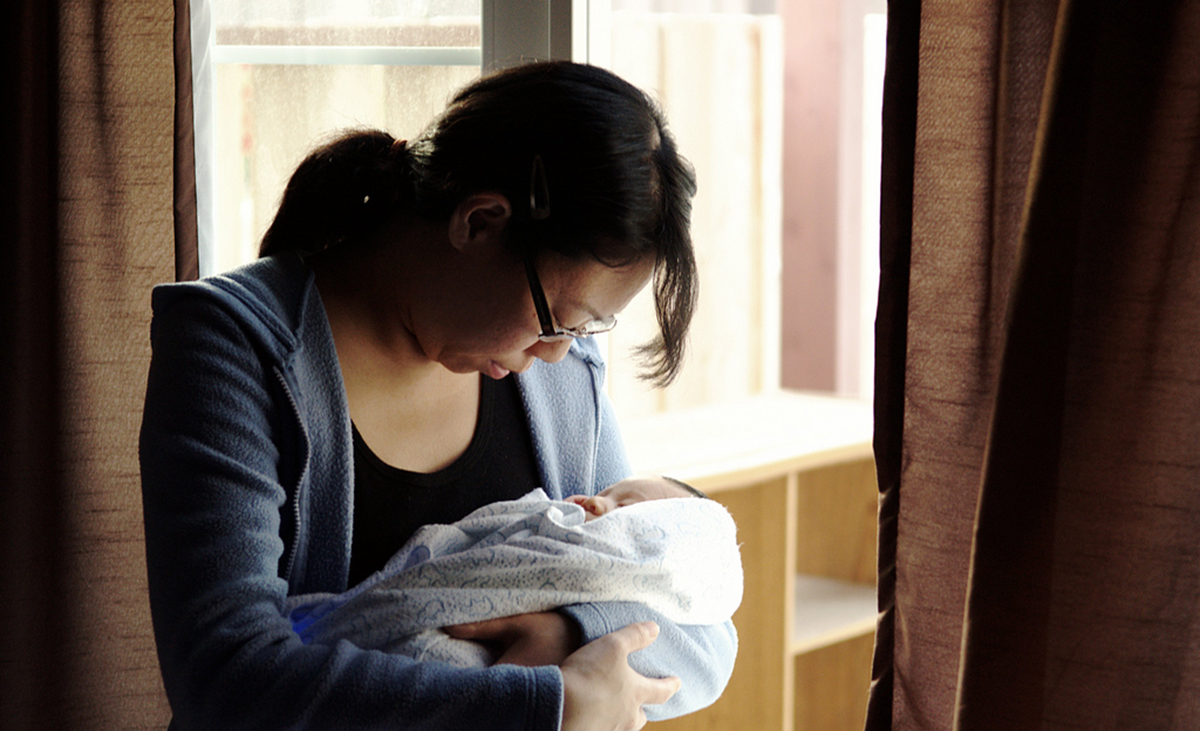Table of Contents
Biliary atresia despite being a rare disease is not hard to diagnose. The initial investigations include:

- Physical Testing – feeling the child’s abdomen to detect an enlarged liver.
- Blood Tests – to check levels of bilirubin (conjugated and unconjugated) which help detect the cause of jaundice as well.
After performing the complete physical examination and blood tests, it is necessary to perform imaging studies to confirm the diagnosis of biliary atresia. These include:
- Cholangiogram – X-ray of the bile ducts.
- Abdominal X-ray – to check for an enlarged spleen or liver.
- Abdominal Ultrasound – to detect size and presence of gallbladder.
There are some special tests that are performed after imaging studies. These tests play an important role in determining the appropriate treatment.
- Hepatobiliary Iminodiacetic Acid (HIDA)/ Cholescintigraphy
This test is done to determine the working capacity of bile ducts and gallbladder. An intravenous injection of a radioactive chemical is given to the child. Under normal conditions, this chemical is filtered from the blood by the liver and is secreted into the bile, going where the bile goes. A camera that detects radioactivity is placed on the child’s abdomen to view the route of the bile (ducts, gallbladder, and intestine). This takes about two hours.
- Liver Biopsy
This test determines the extent of liver damage and cause of jaundice. This is a very reliable procedure; tissue samples are viewed under the microscope to reveal abnormalities.
- Diagnostic Surgery (Operative Cholangiogram)
This surgery is performed to confirm the presence of an injured portion of the bile ducts. A dye is injected via the gallbladder that travels into the bile ducts. This is followed by an X-ray to detect any abnormalities in the path of flow from ducts to the intestine, confirming biliary atresia.
Treatment Options for Biliary Atresia
Medication cannot treat biliary atresia, and the only available treatment is surgery. This involves a hepatoportoenterostomy, more commonly known as the Kasai procedure. This method re-establishes the flow of bile from the ducts into the intestine. The procedure involves:
- Removal of those damaged bile ducts that are outside the liver (extrahepatic ducts).
- Identifying the smaller ducts that are still functional and draining bile.
- Attaching a loop of the intestine to this part of the liver, so facilitate bile flow directly from the healthy ducts to the intestine.
Recovery After Treatment
The success rate of the Kasai procedure is 60-85 percent. Healing usually involves about 10 days. Long-term antibiotic therapy is administered to avoid post-operative infections. Additional medication may be required to promote adequate bile flow and recovery.
Treatment and therapy after surgery aims to enhance normal development and growth of the child. Regular check-ups will be needed. If bile flow seems to be restricted, a low-fat diet, along with vitamin supplements will be given.
The success of the Kasai procedure depends on the following factors:
- Extent of liver cirrhosis
- Size and number of microscopic ducts that are adequately draining bile.
- Age of the child – surgery after 4 months of age is unlikely to help.
See Also: Newborn Screening: What Parents Should Know
Prognosis - Outcome of the Disease
If prompt treatment is not given, children with biliary atresia rarely live beyond the age of two. If the Kasai procedure is successful, the child may be able to live a normal life. However, majority of children, even after surgery, suffer from gradual liver damage and need specific medical care, ultimately needing a liver transplant.
- Photo courtesy of LadyDragonflyCC - >
- < via Flickr: www.flickr.com/photos/ladydragonflyherworld/11847455775
- Photo courtesy of Koadmunkee via Flickr: www.flickr.com/photos/koadmunkee/5528550876
- www.liverfoundation.org/abouttheliver/info/biliaryatresia/
- http://www.cincinnatichildrens.org/health/b/biliary/
- http://www.nlm.nih.gov/medlineplus/ency/article/001145.htm
- http://answers.webmd.com/answers/1199933/what-is-biliary-atresia

